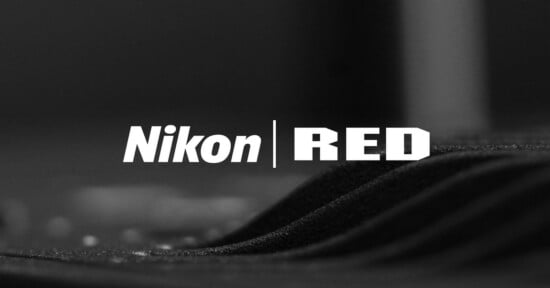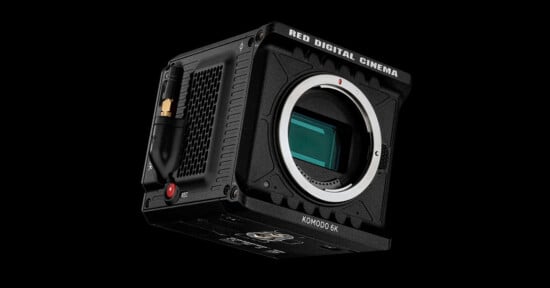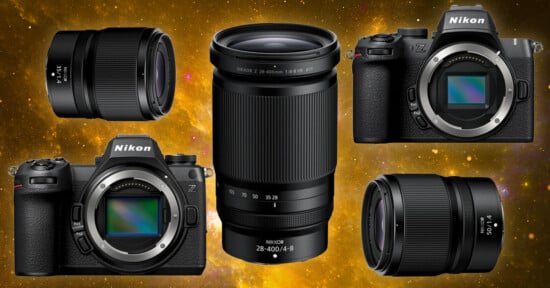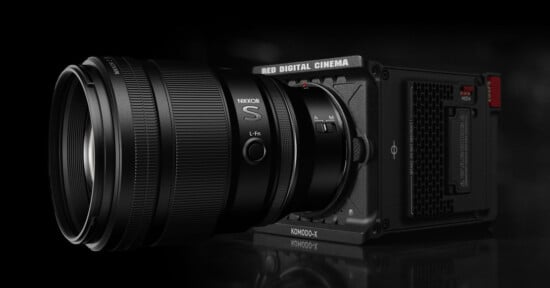Acquiring RED Let Nikon Immediately Respond to the Changing Video Market
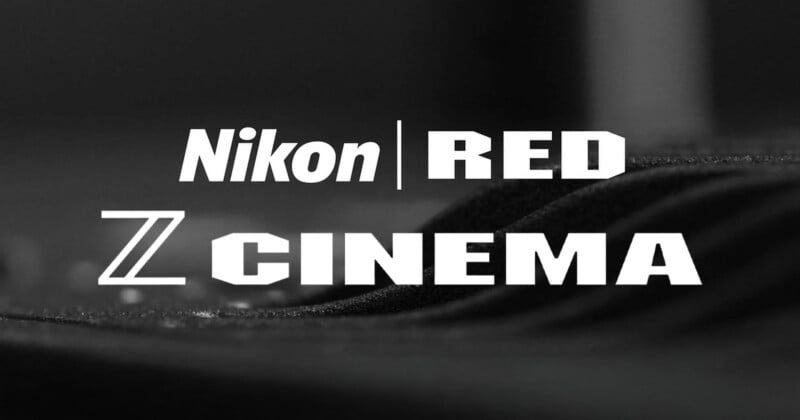
When Nikon acquired RED last year, it had an immediate effect on how video professionals saw the company. But optics aren’t where it ended, as Nikon showed that in a shockingly short time, it was able to leverage RED to immediately respond to the changing demands of creative professionals.
“We launched Z Cinema Series in February which features two RED products and I believe it is a significant achievement that we were able to bring these products to market within 10 months of RED joining Nikon,” Hiroyuki Ikegami, Senior Executive Vice President and General Manager of the Imaging Business Unit at Nikon, tells PetaPixel during an exclusive interview at the National Association of Broadcasters (NAB) show earlier this month.
Last year, not long after the acquisition was completed, Nikon asked photographers and filmmakers to give it some time, with the expectation that it might be years before the two businesses were able to come together and work on collaboration products. It ended up not being that long of a wait, and even Nikon agrees it was faster than it expected.
“As a result of this acquisition, Nikon has gained a foothold in the creator and cinema market at a pace far faster than initially anticipated. The launch of Z Cinema, where RED cameras can be equipped with Z Mount, is a prime example of this progress. And we would like to maintain this momentum and strengthen the collaboration between [Nikon and RED],” Ikegami explains.
“This provides more opportunity for professionals in the cinema industry and video creators to explore new and vintage Nikon lenses, which is undoubtedly beneficial for the industry as a whole. And for users who shoot videos with hybrid cameras like Z9, they now have access to LUTs provided by RED, further expanding their creative options.”
Nikon already had plans to serve videographers before the RED acquisition, but the timing could not have been better. Nikon explains that developing new lenses takes several years, which means that the Nikkor Z 28-135mm f/4 Power Zoom lens was in development before it scooped up RED. Nikon confirms this.
“It depends on the kind of lens, but it can take somewhere between two, sometimes three to four years [to develop a new lens],” Ikegami says.
It was as though all of the pieces for success just fell into place perfectly for Nikon, which suddenly finds itself equipped to react remarkably well to the ever-changing demands of video professionals.
Looking ahead, Nikon expects to leverage all parts of its business to better differentiate and stand out from its competition.
“We propose an integrated [business] system [with RED] that includes developing lenses,” Ikegami says. “The popularity of vintage Nikkor lenses is well known in the cinema industry and we had been exploring cinema lenses, concepts, and design, on our own before the acquisition of RED. However, by collaborating with RED team members, we have been able to quickly identify clear direction specifications and our activity has become much more dynamic now.”
There is certainly more to come in this space, so Nikon encourages filmmakers to look forward to more.
“Please stay tuned for our coming products,” Ikegami concludes.
Image credits: Nikon and RED
